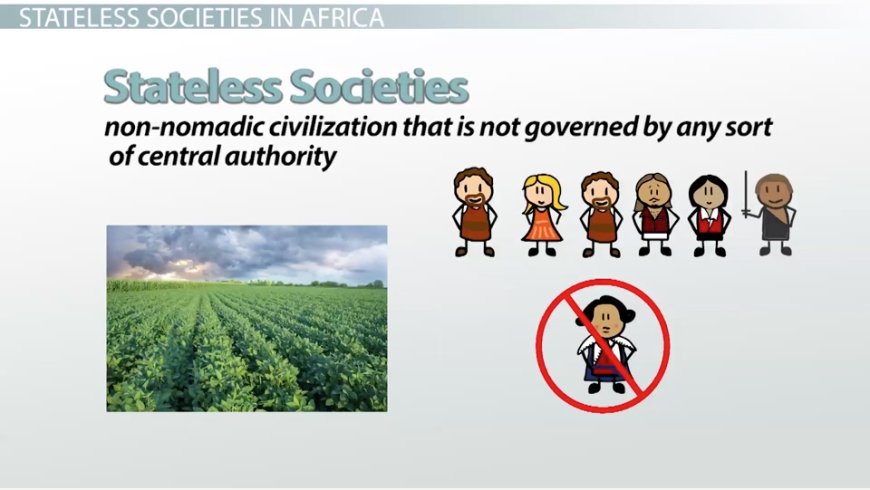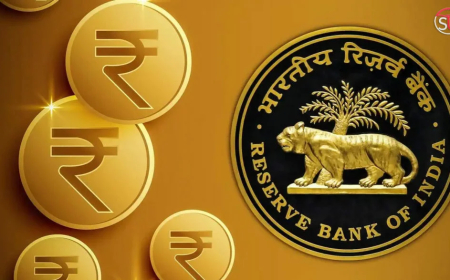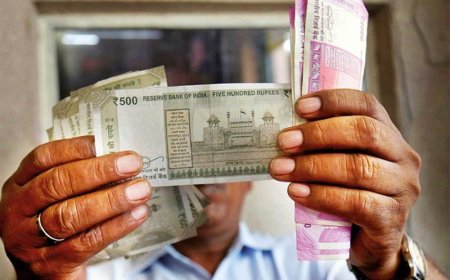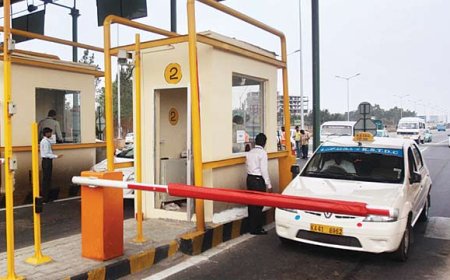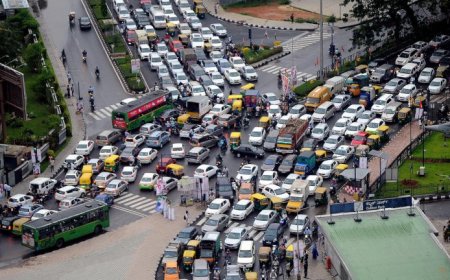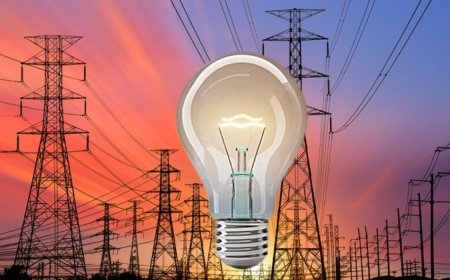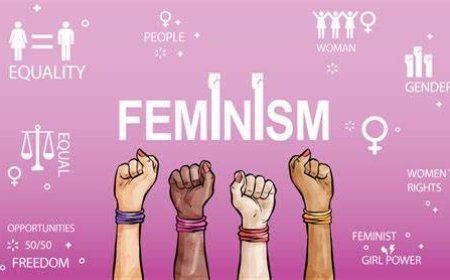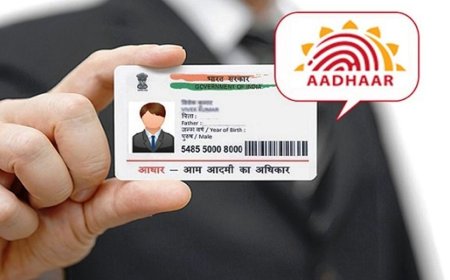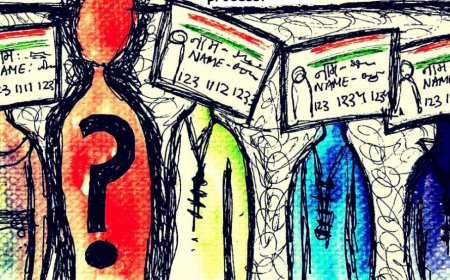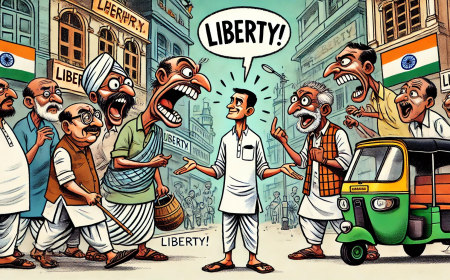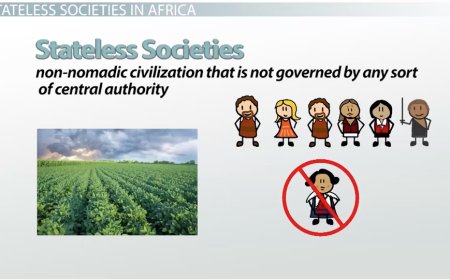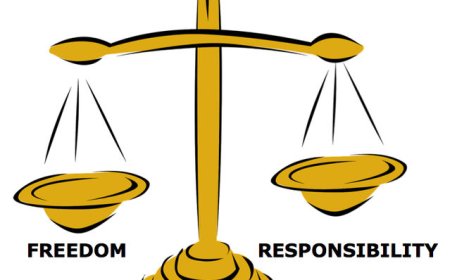The concept of a stateless society is one that challenges conventional political thinking. For most, the idea of a world without government seems impossible — even anarchistic. Yet, libertarians argue that a society without a state could be not only viable but preferable. But can this ideal ever become a reality, especially in a complex and diverse country like India? Let’s explore the philosophy behind a stateless society, examine historical examples, and consider the possibilities of such a society in the 21st century.
What is a Stateless Society?
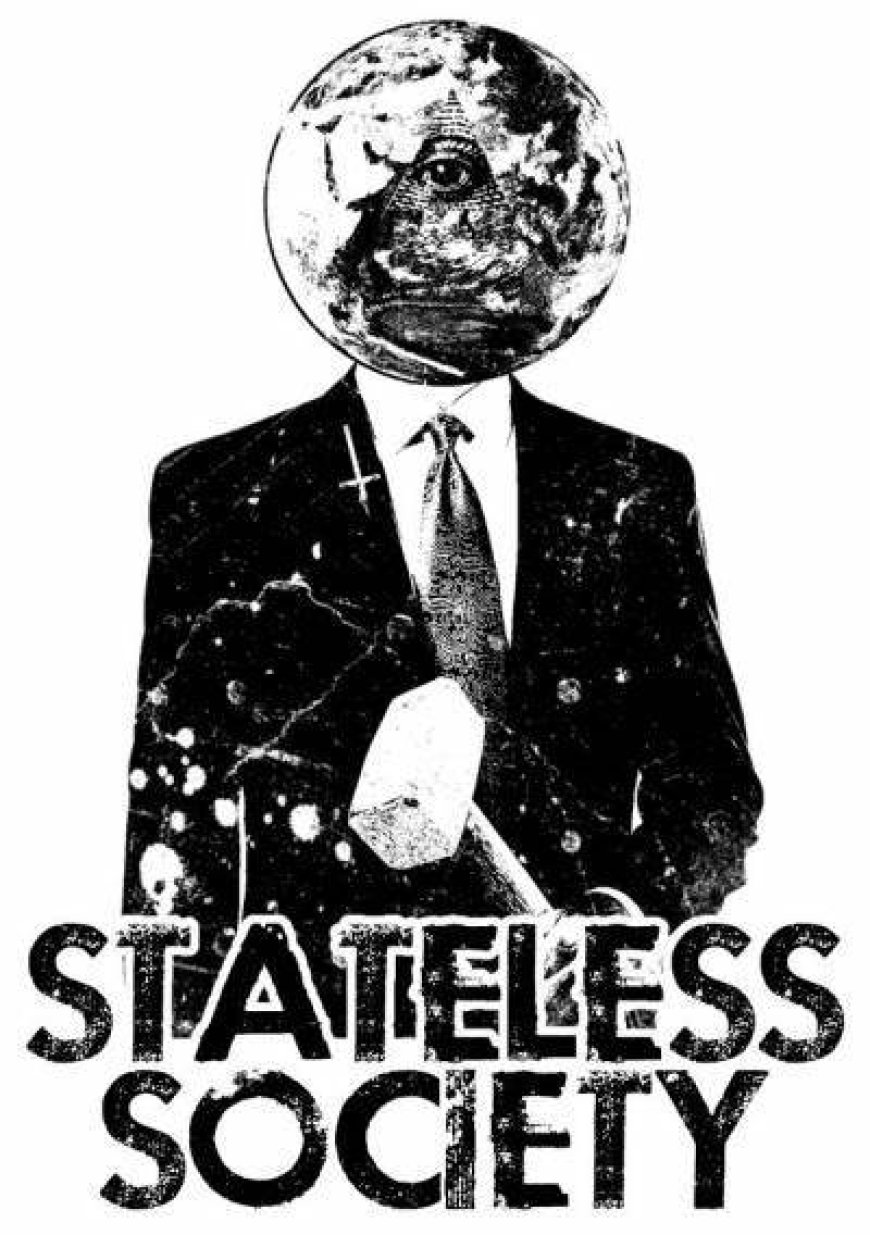
A stateless society is one where government institutions, such as a centralized ruling authority or a monopoly on violence, do not exist. Instead, all interactions and governance are voluntary, and social order is maintained through mutual cooperation, self-regulation, and community-based solutions. This is the vision of libertarians who believe that individuals, rather than the state, should have full control over their lives, decisions, and property.
In this context, governance does not involve coercive policies or laws enforced by the government. Instead, it is based on voluntary agreements between individuals and groups, rooted in principles of non-aggression and self-ownership. The state, in its traditional form, is viewed as unnecessary and even harmful, as it often restricts freedoms, redistributes wealth through taxation, and imposes policies that disrupt individual choice.
Historical Examples of Stateless Societies

Though stateless societies might sound like a modern, utopian ideal, there have been examples in history where communities functioned without a centralized state.
-
The Icelandic Althing (930-1262)
In medieval Iceland, there was no centralized government or king. Instead, the Althing, a national assembly, served as a legislative body where disputes were resolved through dialogue, and laws were established based on consent. Law speakers, who were chosen by the people, upheld the law, but there was no police force or government enforcement. This system of governance allowed Iceland to thrive for centuries, functioning as a relatively peaceful and prosperous society.
-
The Anarchist Catalonia (1936-1939)
During the Spanish Civil War, the region of Catalonia witnessed the rise of anarchist collectives that sought to abolish the state. These communities were organized around mutual aid, voluntary cooperation, and direct democracy. Workers' councils and self-managed industries replaced traditional state structures, with communities organizing their own defense, economy, and social systems. While the experiment was eventually undermined by external forces, it showcased the potential for decentralized, stateless governance on a large scale.
-
The Zapatistas in Chiapas, Mexico (1994–present)
The Zapatista movement in southern Mexico offers a more contemporary example. Though not entirely stateless, the Zapatistas have created a semi-autonomous region where local communities govern themselves with minimal interference from the Mexican government. They advocate for indigenous rights, communal decision-making, and direct democracy, aiming to challenge state power and promote self-determination.
These examples show that while stateless societies may face challenges, particularly from external forces, they can survive and even thrive in certain contexts. In each case, the communities were not without rules or order; rather, their systems of governance were based on cooperation and mutual respect, rather than coercion and compulsion.
Voluntary Cooperation vs. State Control
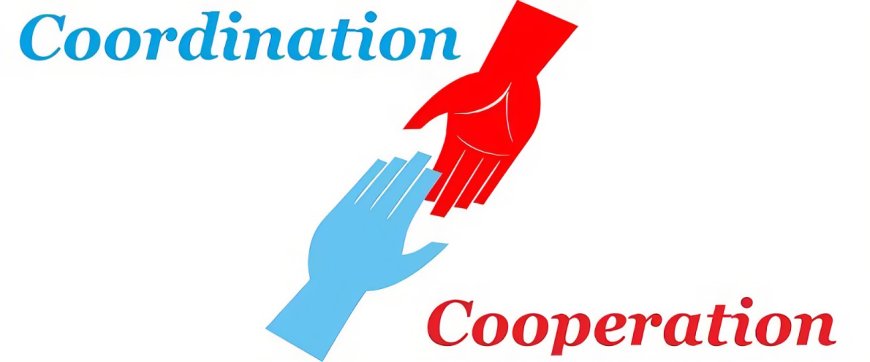
At the heart of the libertarian argument for a stateless society is the belief that voluntary cooperation is more effective and ethical than compulsory state systems. A voluntary system is rooted in consent, where individuals freely interact with one another, exchanging goods, services, and ideas without the need for government intervention. Here are some key advantages:
-
Increased Freedom and Autonomy
In a stateless society, individuals have the freedom to make their own choices without government interference. This extends to areas like business, personal relationships, and even property rights. The state, by its very nature, imposes laws and restrictions that limit individual freedom, often in the name of public good or social control.
-
Incentivizing Innovation
Without state-imposed regulations, businesses and entrepreneurs have greater freedom to innovate. In a stateless society, individuals can pursue their own interests and solve problems in creative ways. Markets would operate based on voluntary exchanges, allowing for efficient allocation of resources and rewarding those who can meet the demands of others.
-
Reduced Bureaucracy and Corruption
A stateless society eliminates the bureaucracy and corruption that often plagues governmental institutions. Without a central authority to enforce laws or collect taxes, there would be less incentive for the misuse of power. Decisions would be made locally, based on mutual agreements, and accountability would be enforced through social norms and community-based mechanisms.
-
Local and Community-Led Solutions
In a stateless society, communities have the ability to solve problems on their own terms. For example, local disputes might be resolved through mediation or community-based justice systems, rather than through the courts and police. This would allow for more personalized, culturally sensitive, and equitable solutions that reflect the unique needs of different groups.
Can India Function Without a State?
India, with its vast population and rich cultural diversity, presents unique challenges when it comes to the idea of a stateless society. A centralized government has been instrumental in unifying the country, maintaining public order, and ensuring the delivery of public goods. However, there are also clear signs that the existing system is far from perfect.
-
Corruption and Inefficiency
India’s bureaucracy is notorious for inefficiency, red tape, and corruption. The country ranks poorly on global corruption indices, and many citizens face significant hurdles when dealing with government institutions. A stateless society could potentially reduce this inefficiency by decentralizing power and promoting accountability at the local level.
-
Inequality and State Dependency
In a country like India, many people are heavily reliant on government welfare programs and subsidies. These programs, though often intended to reduce inequality, can be inefficient and prone to misuse. A stateless society, with a focus on voluntary cooperation and free-market solutions, might be better equipped to address issues like poverty and inequality by empowering individuals to take control of their own lives and resources.
-
Technological Opportunities for Decentralization
Modern technologies, particularly blockchain, cryptocurrency, and decentralized finance (DeFi), offer new avenues for decentralizing power and governance. In a stateless society, individuals could use these technologies to transact freely, vote on decisions, and create self-governing communities. The rise of the internet and decentralized networks could provide the foundation for a new form of governance, where the state is no longer necessary to maintain order.
The Future of Stateless Governance
While the complete dismantling of the state in a country like India may seem improbable, it’s worth considering how technology and decentralized networks could bring us closer to a stateless society. As more individuals and communities experiment with self-governance and decentralized systems, we could see the rise of local, voluntary forms of governance that reduce the need for centralized authority.
The question, then, is not whether a stateless society is possible in India, but how we can gradually move toward a more decentralized, voluntary, and free society. As libertarians argue, a stateless society is not a utopian fantasy, but a model that could offer more freedom, opportunity, and accountability.
Conclusion
The idea of a stateless society challenges long-held assumptions about governance, authority, and the role of the state. While there are many practical challenges to implementing such a system in a diverse and complex country like India, there is also great potential. By embracing the principles of voluntary cooperation, decentralization, and innovation, it may be possible to move toward a society where the state is no longer necessary — one where individuals and communities can flourish without the need for coercive authority. The path to this future is not easy, but with the rise of new technologies and the growing desire for personal freedom, the vision of a stateless society could one day become a reality.
